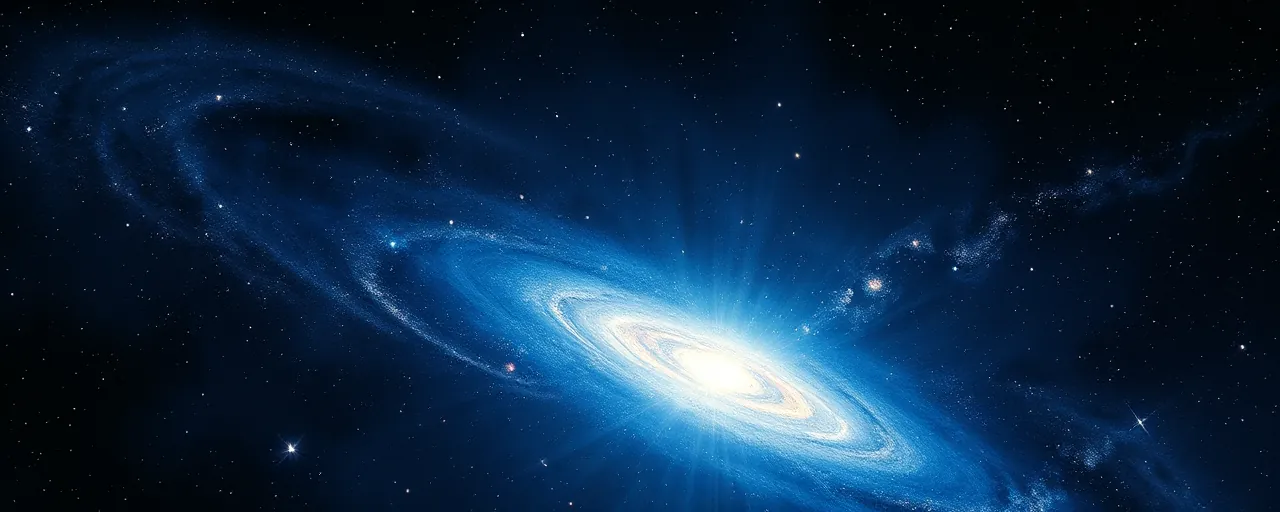A Window to the Distant Past
A faint glow from galaxies billions of light-years away has reached Earth, captured in stunning detail by the Euclid space telescope. Launched in July 2023 by the European Space Agency (ESA) with contributions from NASA, this mission is peering into the universe’s depths to unravel one of its greatest mysteries: why it’s expanding faster over time. On March 19, 2025, ESA released an early batch of Euclid’s data, offering a tantalizing glimpse of 26 million galaxies, some stretching back over 10.5 billion years.
This initial release, dubbed a 'quick' dataset, highlights three specific patches of sky known as deep fields. These regions, observed for just one week so far, already reveal the telescope’s power to spot faint, distant objects. Over its six-year mission, Euclid will revisit these areas for about 40 weeks, collecting more light to uncover even fainter galaxies. The goal isn’t merely to catalog new cosmic sights but to trace how an unseen force, called dark energy, has shaped the universe’s history.
Chasing the Enigma of Dark Energy
Dark energy, a term coined to describe the mysterious driver of the universe’s accelerating expansion, remains a puzzle since its discovery in the late 1990s. Back then, astronomers studying distant supernovae found that galaxies are drifting apart faster now than they did billions of years ago, a finding that upended expectations and earned a Nobel Prize in 2011. Euclid aims to measure this acceleration across time by mapping billions of galaxies in three dimensions, offering clues about dark energy’s strength and evolution.
The telescope’s approach builds on decades of cosmic detective work. Early distance measurements relied on stars called Cepheids, while later efforts, like those from NASA’s Hubble Space Telescope in the 1990s, revealed a universe teeming with far more galaxies than anticipated. Euclid takes this further, using its wide field of view to track how galaxies and massive clumps of matter have spread apart, painting a picture of dark energy’s influence over nearly 14 billion years.
Mapping the Invisible With Gravitational Lensing
Galaxies alone don’t tell the full story. About one-fifth of the universe’s matter is the familiar kind that shines or reflects light, while the rest, known as dark matter, stays hidden from view. Euclid tackles this challenge with gravitational lensing, a phenomenon Albert Einstein predicted over a century ago. Massive objects, including dark matter, warp space, bending light from distant galaxies into arcs or subtle distortions as it travels to Earth.
By analyzing these warps across 26 million galaxies in its early data, Euclid is beginning to map dark matter’s distribution. Researchers use advanced software to detect tiny shape changes, a process called weak lensing, which reveals where invisible mass clusters. This technique, honed by observations of galaxy clusters like Abell 1689, helps scientists understand how dark matter and dark energy interact, tugging and stretching the cosmic fabric over time.
A Global Effort Expands the Horizon
Euclid’s ambitions rest on a vast international collaboration. More than 2,000 scientists from 15 countries, including the United States, Canada, and Japan, form the Euclid Consortium, pooling expertise to analyze its data. NASA’s Jet Propulsion Laboratory (JPL) in California supplied key detectors, tested at Goddard Space Flight Center, while the mission’s science hub at Caltech processes findings for U.S. researchers. This teamwork echoes past successes, like the International Space Station, where nations set aside rivalries for discovery.
The mission’s scope will grow as it surveys 14,000 square degrees, roughly a third of the sky, by 2029. So far, it has covered 2,000 square degrees, or 14% of its target. Upcoming missions, like NASA’s Nancy Grace Roman Space Telescope launching in 2027, will complement Euclid’s work with sharper tools, refining our grasp of dark energy. Together, these efforts promise a clearer view of forces that have shaped the cosmos since its earliest days.
What Lies Ahead
The data released in March 2025 is just a preview. Euclid’s first full cosmology results, due in October 2026, will include deeper observations from multiple passes over its deep fields. Scientists expect these findings to sharpen our understanding of how dark energy’s push has varied, potentially hinting at whether it’s a constant force or something more dynamic. Each galaxy’s light, a time capsule from billions of years ago, adds a piece to this cosmic puzzle.
For those watching from Earth, Euclid offers a rare chance to connect with the universe’s vastness. Its images and maps won’t just fill textbooks; they’ll spark questions about what drives the stars apart and what unseen threads hold it all together. As the mission unfolds, humanity edges closer to answers, guided by a telescope that sees both the past and the forces shaping tomorrow.
